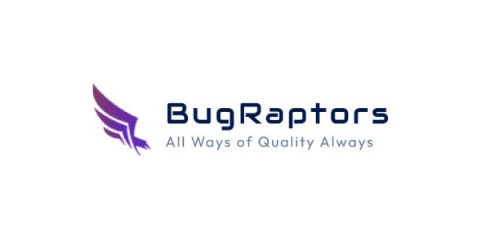Make Your Cloud ERP Migration a Breeze with insightsoftware
So, you’ve decided to move from an on-premises ERP system to Microsoft Dynamics 365 Business Central (D365 BC). That’s great news! Believe it or not, the hardest part of your cloud migration is now complete.











